Tricks and Fixes: 12 Tips and Tactics for Better Angling
Magic Dust
I began cupping groundbait in dust form many years ago when I fished the London canals. I had noticed it took ages for decent sized skimmers to move over harder balls of feed. Likewise, I suspected these match winning fish were suspicious, waiting for everything to break down before gaining the confidence to start grazing over any grub. However, when I started putting in loose groundbait from the off in matches, I quickly discovered I could catch skimmers much faster, providing a big edge. Since then, even if I have to feed hard groundbait to get everything down in deep water pegs, I still finish off with some magic dust, as I call it. A big cup of loose particles activates swims a lot quicker, bringing bites almost immediately, well before all the other feed has had a chance to break down. The odd shower of dusty groundbait can also help to make shallow set rigs more productive.
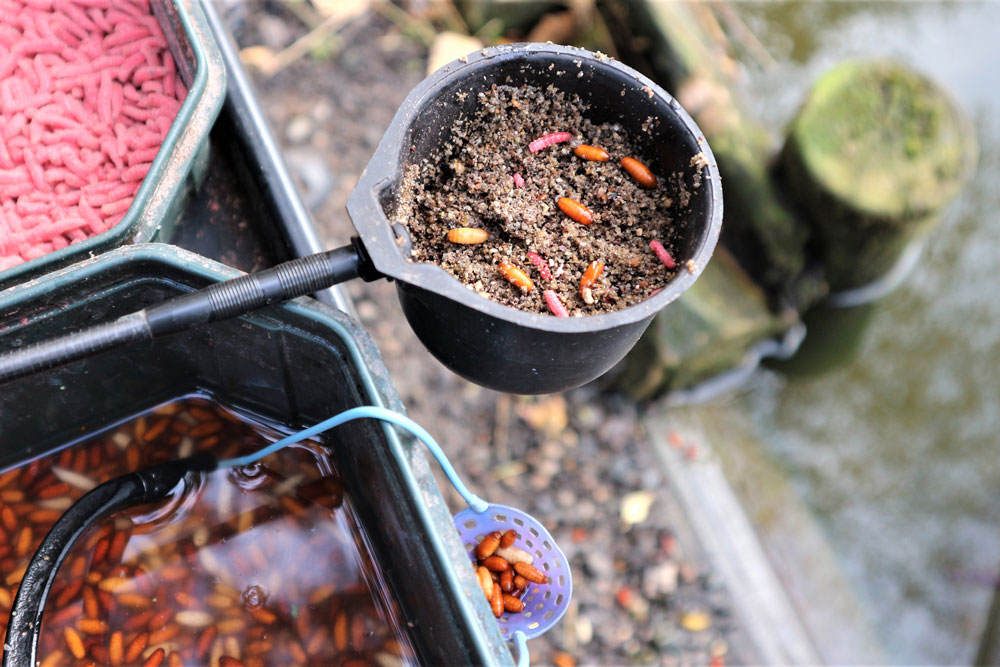
Versatile Mat
I rarely need an unhooking mat for its intended usage, extracting hooks from quality fish while they are in the landing net, using that to place them in a keepnet or release them. It’s the best way of keeping handling down to an absolute minimum. However, I do own a mat because some fisheries insist you take one, and I have found it useful for other applications. First job on the bank is to use it folded up, as a kneeling cushion next to my holdall, helping to avoid creaking knee joints and getting covered in mud. I also use the mat fully open to hold catches over for photography purposes, or to ready bigger fish before weighing them. My mat is well padded and waterproof, so I’ve even used it to sit on when fishing from high, awkward banks. Yet another application has been as a wrap, to quickly transport damp nets from the car to the back garden, where they can properly dry out.
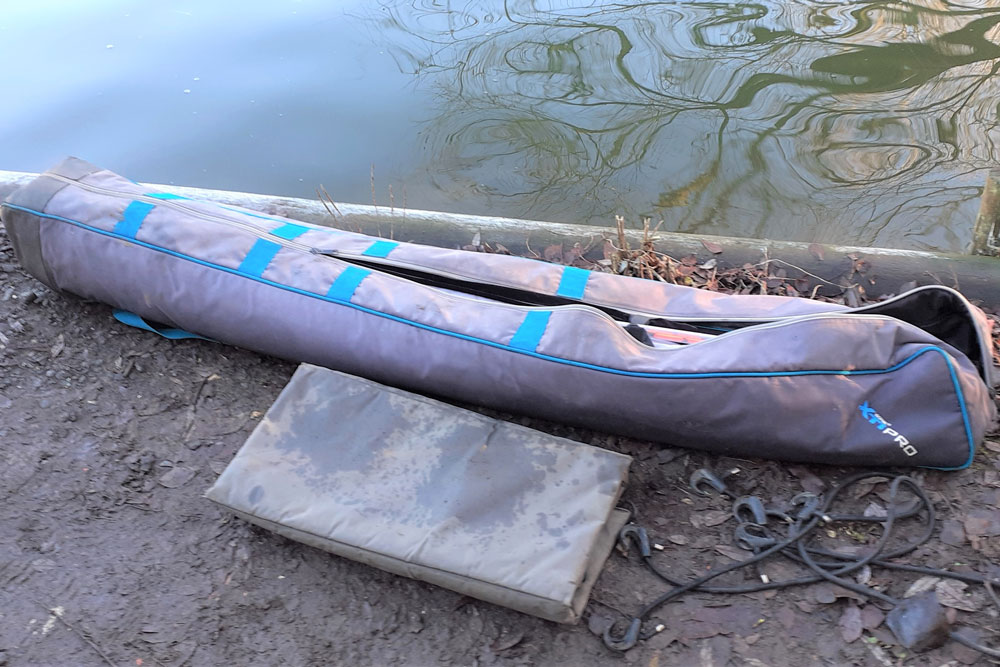
Another Angle
Keepnets these days have angle locks ready fitted, but that wasn’t always the case, requiring a separate unit if you wanted top ring adjustment. This old angle lock unit was designed for that purpose, but has now come out of retirement. I’ve found it useful for elevating shallow, multi-section quiver rests well away from their support arms. It also allows any type of rod support to be adjusted at a slight sideways angle, a trick that ensures line channels are always aligned correctly, no matter how feeder or quivertip rods are positioned. This is important, otherwise mono or braid gets trapped by the blank when it’s in a rest. This is particularly annoying when trying to tighten up to the end tackle when feeder fishing, causing jerky movements on sensitive quivertips, which can mask proper bites as the hook bait is descending and while the rig is settling down.
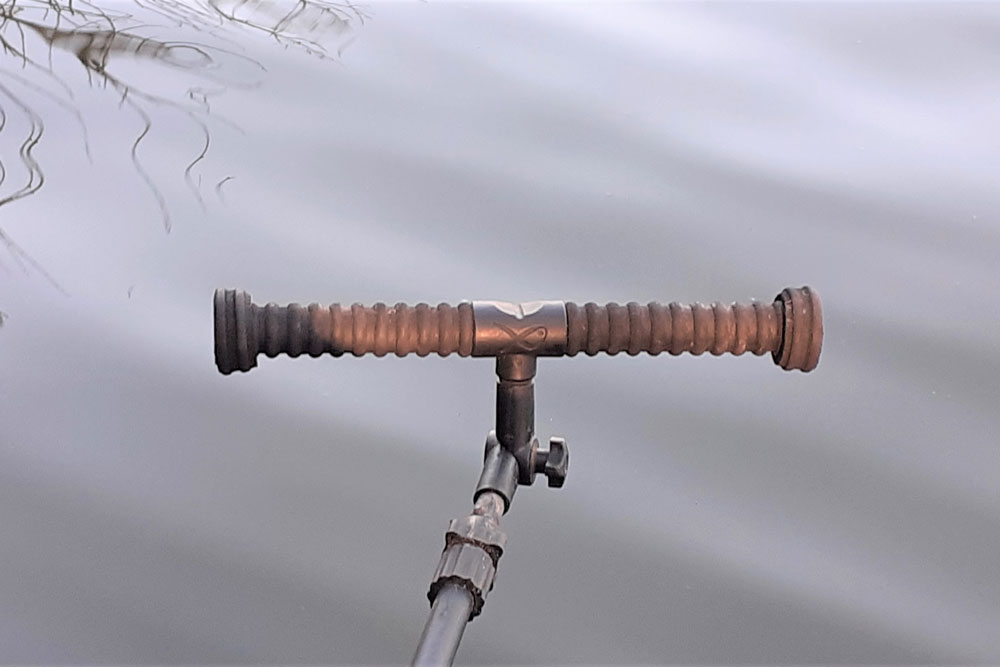
Handy Ties
I always carry some electrical ties in my kit, which are mostly used to fix loose catapult elastics. The worst culprits are fine diameter, hollow latex ones used on pole or canal style catties. When they need replacing, new elastics often keep pulling off the prongs on small plastic or mesh pouches. This might be because new latex is sometimes a bit slippery, but is mostly down to constant use where everything is stretched to extremes and constantly gets wet. I fix this problem by locking small electrical ties tightly over the point where the elastic is pushed over the pouch attachment prongs, snipping off the tag ends. Although it looks a bit odd, the catapults perform perfectly well, with everything staying firmly locked together. I’ve also used electrical ties to temporarily fix small holes and tears in landing or keepnets, until I could get damaged stuff home and sorted out properly.
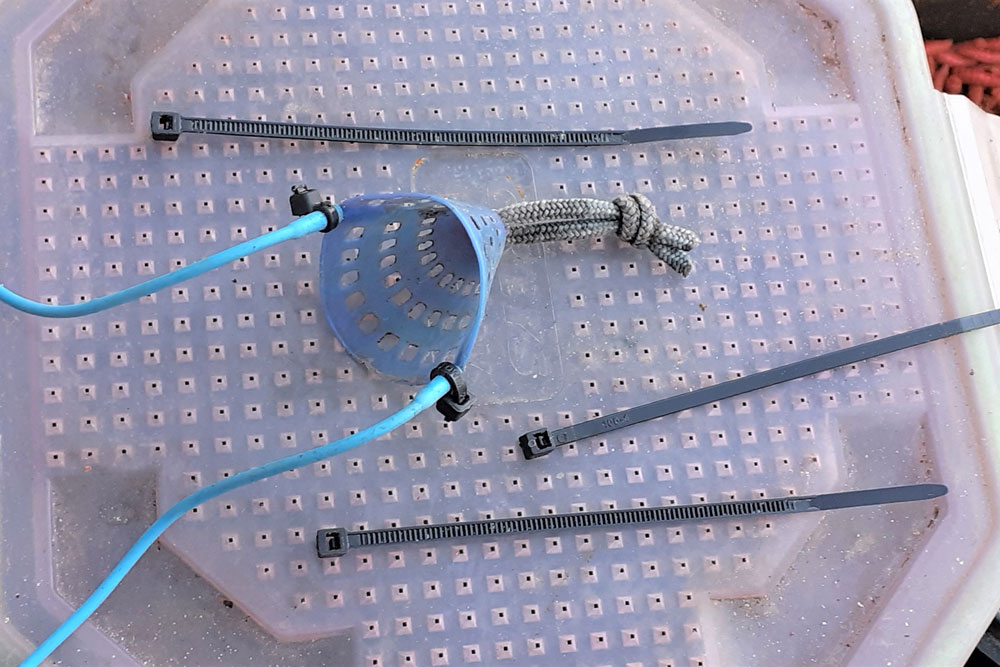
Matching Poles
I was one of the first customers to invest in the Cadence CP2000 Competition Pole, which is perfect for a wide range of coarse fishing situations. It’s brilliant for silver fish, but also strong enough for proper lumps with its power top kits installed. When I later heard the Cadence CP800 9m Margin Pole was made on the same mandrels, I was immediately sold on the concept of having an even stronger weapon, which would allow my already extensive collection of top kits to interchange with it. There are many occasions where having a margin pole in reserve can make sessions even better, having a secondary feed area away from where most of the action is taking place. This gives the option of resting the main catching spot, at the same time adding useful extra weight to your tally. Bonus carp, tench and big perch are always very welcome, whether pleasure or match fishing.
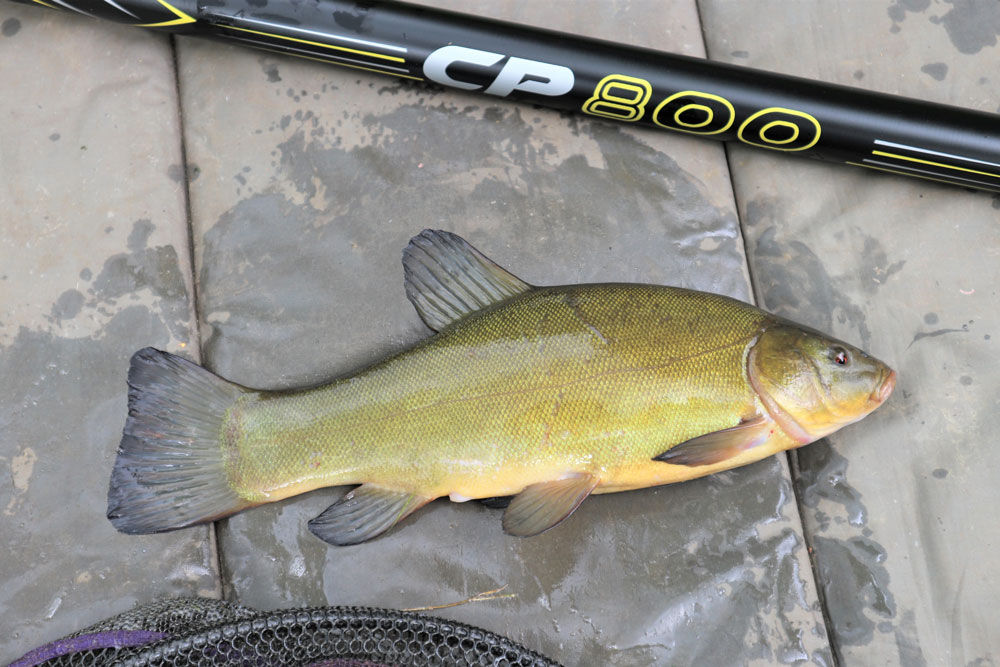
Brolly Power
I’ve suffered several umbrellas that couldn’t cope with strong winds, even when tethered down with guy ropes. The main problem was the hollow aluminium ground spikes that telescope out, designed to push in the ground and raise canopies high enough to be able to fish under. In the quest to make these products as lightweight as possible, strength has been sacrificed. Several poles bent out of shape, while one snapped completely. It didn’t make much difference if the support was pushed into the ground or attached to a seat box leg via a brolly bracket. The best fix turned out to be investing in a Gardner solid aluminium umbrella stick. It’s a lot heavier, but will never bend or break. Another bonus is its screw shaped pointed end, which defeats the toughest of ground and gains a secure hold. This is useful when support brackets are not being used, and even better with them.
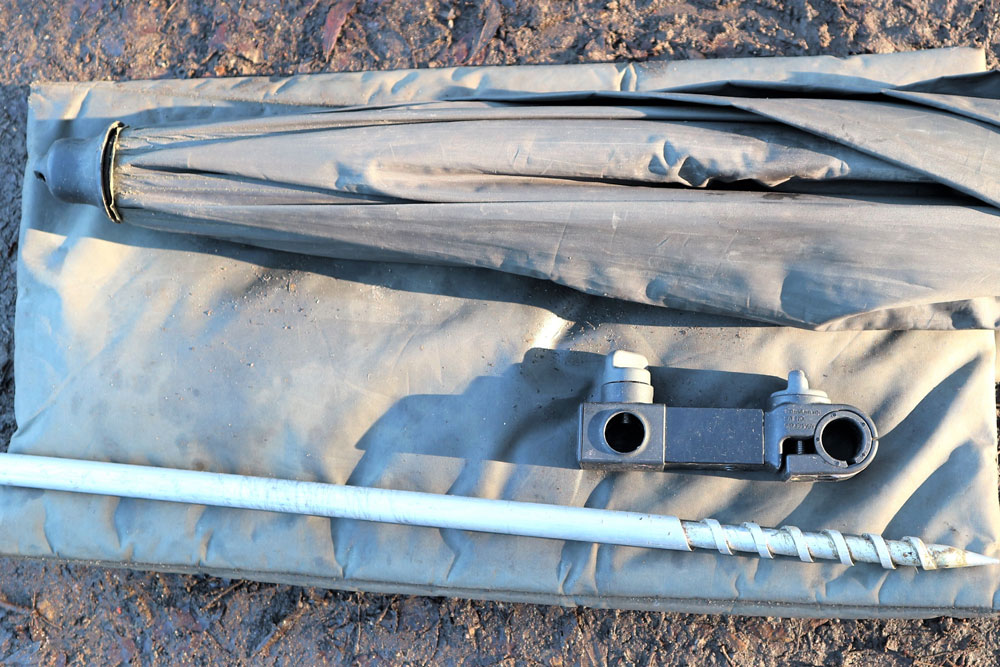
Self Portraits
My camera has a timer, but it only gives a maximum of 10 seconds, so if I want a catch shot when I’m on my own, it’s highly unlikely to work very well in such a rush. Another option is to switch the video mode on and to later select individual frames from that. This gives enough footage to edit a decent still shot of an individual fish, or a decent catch. But the trouble with that is the resolution is sometimes on the low side and not always crystal clear. Another solution I came up with was converting a smartphone holder designed for use in a car, tweaking it to screw on a bank stick. I’ve since discovered you can buy something similar, although my version has an angle lock, allowing easy switches between portrait or landscape modes. My phone camera works quite well when fishing alone, although I still prefer catch shots taken by mates when I’m in company.
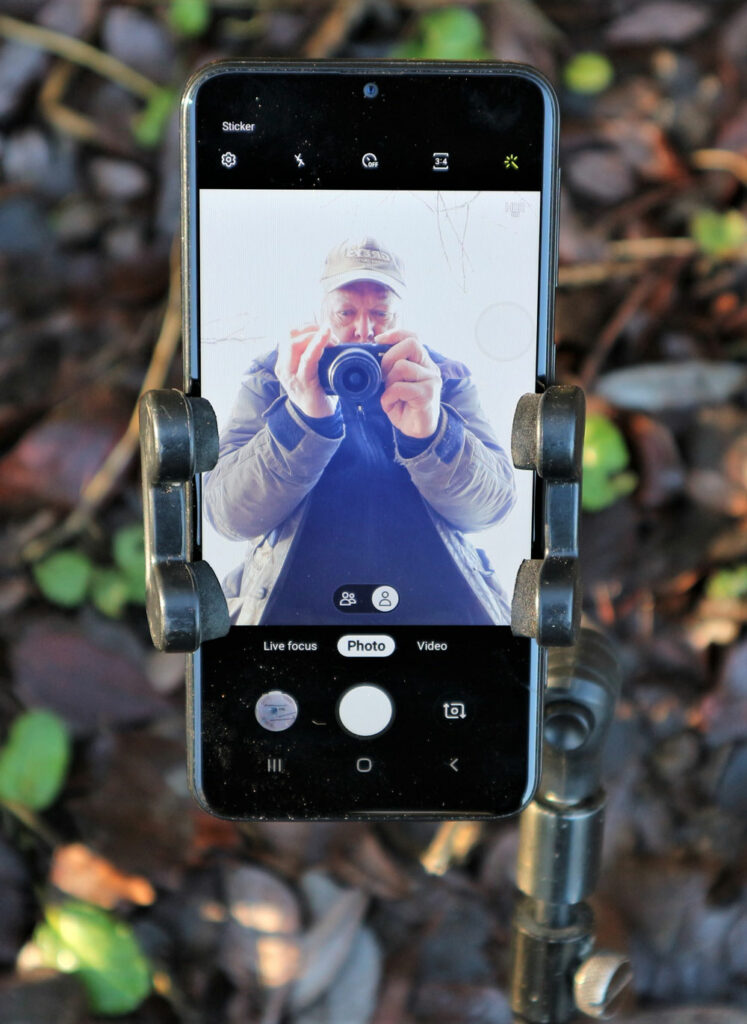
Reel Info
I used to rely on a black waterproof felt tip pen to print information on the line spools that fit my reels, but the result was messy, with not much room on the outer skirting to fit the required details. Another problem was any info would soon get rubbed off. All I wanted to know was the breaking strain or diameter of the main line stored on each spool, so in the end I came up with the idea of small sheets of peel off and stick-on numbers. When I developed the first Greys fixed spool reels, you could find a sheet of these inside the box the products were supplied in. The idea worked well, but when the numbers were used up, I couldn’t find anything similar. An alternative was tiny stick-on paper labels, positioned on the inner side of the spool’s skirting, where they were unlikely to get wet. The downside was having to take the spool off the reel to see what it was loaded with.
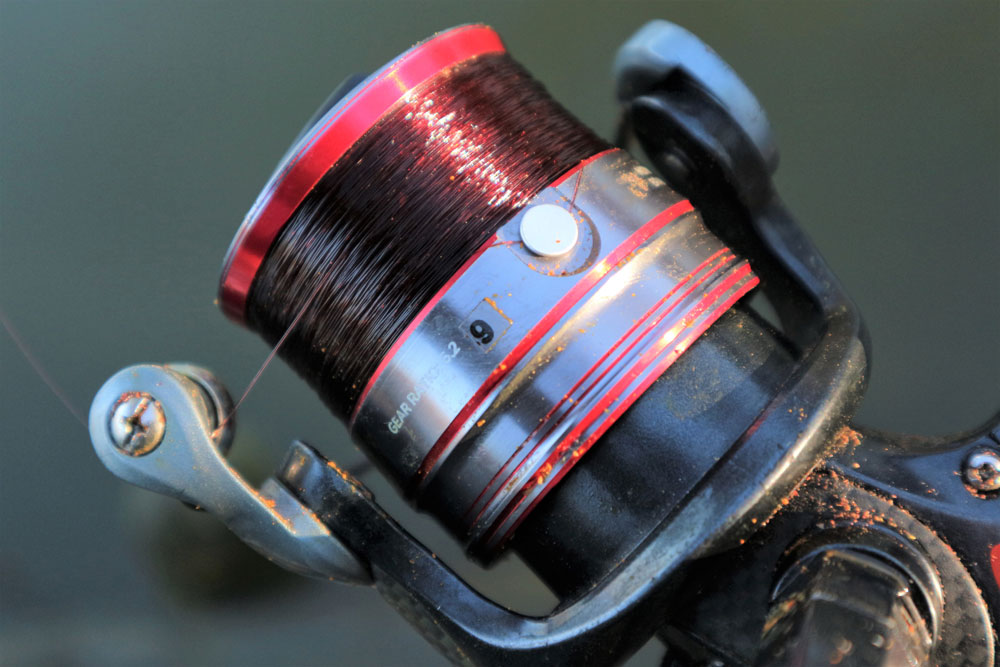
Curry Club
A mate, who is bailiff at a favourite day ticket venue, is always clued-up regarding what’s working best. When he told me that roach love maggots treated with curry powder in winter, especially in combination with helicopter tactics, I had to give it a go. I experimented with a 50-50 mix of Madras and turmeric powder. The red maggots the spicy concoction was sprinkled on got a bit agitated, but quickly took on a much nicer, less greasy appearance. The aroma they gave off was certainly more pleasant than the pong of ammonia previously. I caught just as many fish as I used to when not using the spicy flavourings, but the average size was noticeably bigger, with several roach going well over the pound mark. Big hybrids turned up too, along with perch and decent skimmers. I now feel much more confident by using flavoured maggots, particularly during the icy depths of winter.
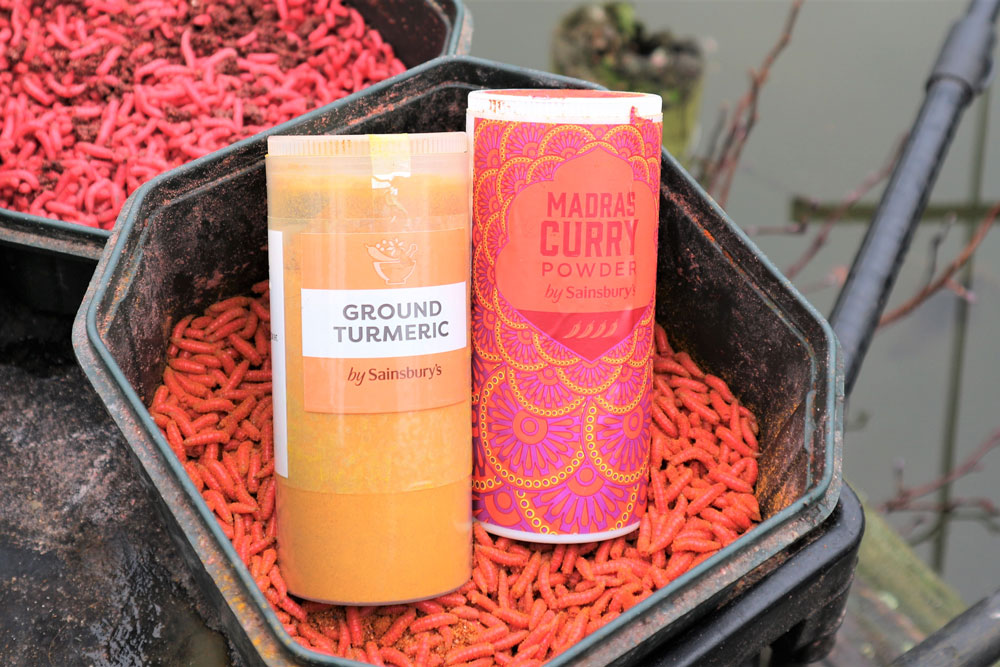
Bucket Mania
Many anglers are using trendy EVA buckets nowadays, the type which are attached to thin cords, designed to provide water for mixing up groundbait and other jobs. But I can’t get out of the habit of using a large bait tub. I simply drop the latter in my landing net and use that to hoist out any water I need. The box then sits neatly on my bait table for easy access, useful for adding more moisture to groundbait and pellets, or simply keeping my hands clean. Bait boxes are less awkward to store and stack away in a carryall. I find it amusing the amount of bulky stuff many anglers cart about with them these days, taking ages to set up and pack away. I want to be fishing quickly and for as long as I can. But I do have to take a reality check sometimes, looking at ways of cutting my kit down to what’s really needed. Like everyone else, I tend to get caught up with new concepts.
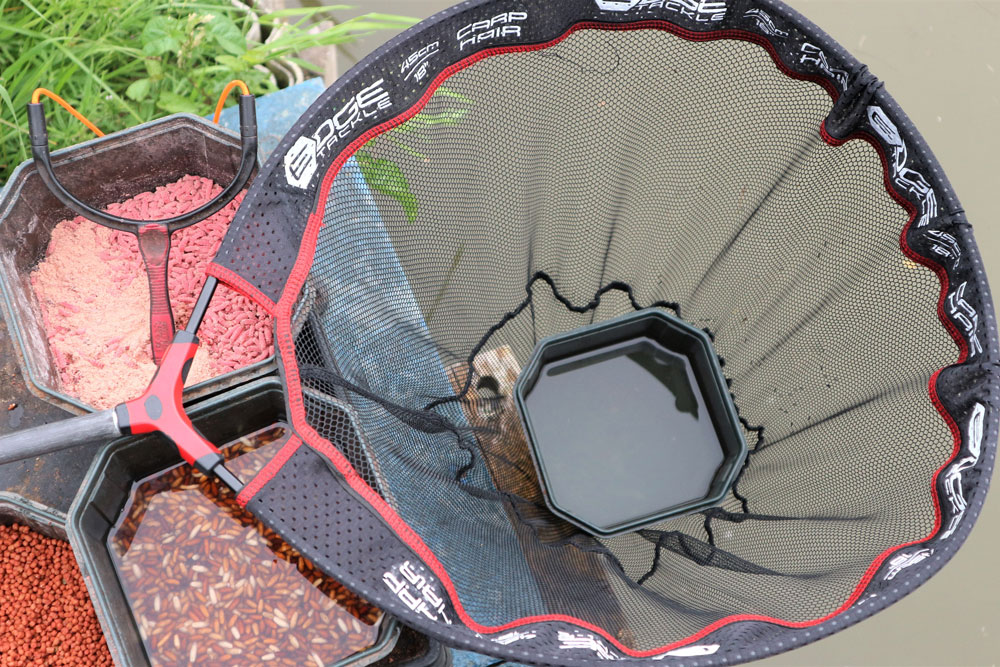
Winder Knowledge
I used to write important information on the side of my pole winders with a felt tip pen, but that limited what I could jot down, also being difficult to erase if details needed changing. I switched to using small stick-on plain white labels instead, which are just big enough for what I want to record with a black biro. Apart from hook size and type, along with line diameters, I also use the terms short, medium and deep. This basically signifies rigs designed for top 2, 3 or 4 sections of pole. Another way of doing it is to log the number of turns the rig takes up on the winder. That’s also a handy guide when you are making tackle up, knowing how much line to put on winders for the top kit lengths they will be combined with. I also note the exact numbers and sizes of weights on each rig. This helps if any get lost or when the time comes to fully rebuild the tackle.
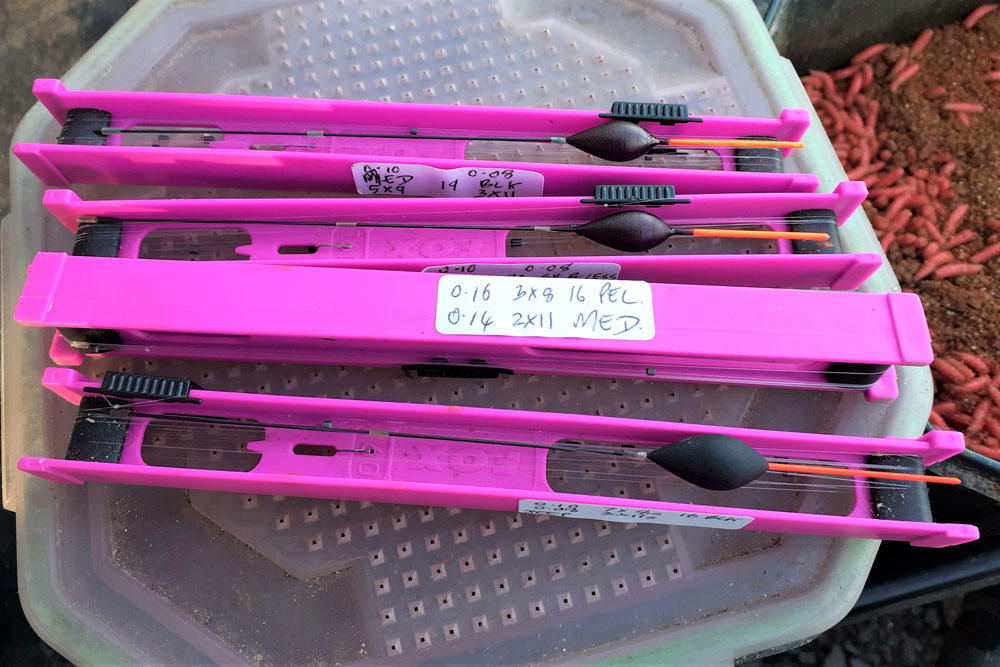
Feeder Tuning
Edge Tackle do a great range of strap on leads that cleverly match all their groundbait and cage feeders. These extra weights help feeders to hold bottom in a critically balanced manner, also to achieve the required casting distance. A big advantage is gained by using feeders that only just grip the deck in flowing water because if anything interferes with the end tackle it gets dislodged, resulting in classic drop-back indications. These are the type of takes you want when feeder fishing, where fish almost end up hooking themselves. Crucially, Edge add-on leads are easy to attach and take off, a big bonus on venues where the flow fluctuates, such as tidal rivers. Another big advantage of having a good supply of extra weights is that small feeders can be used in fast currents, or cast a long way, handy when the fish don’t want big heaps of food that bigger and heavier sizes deliver.
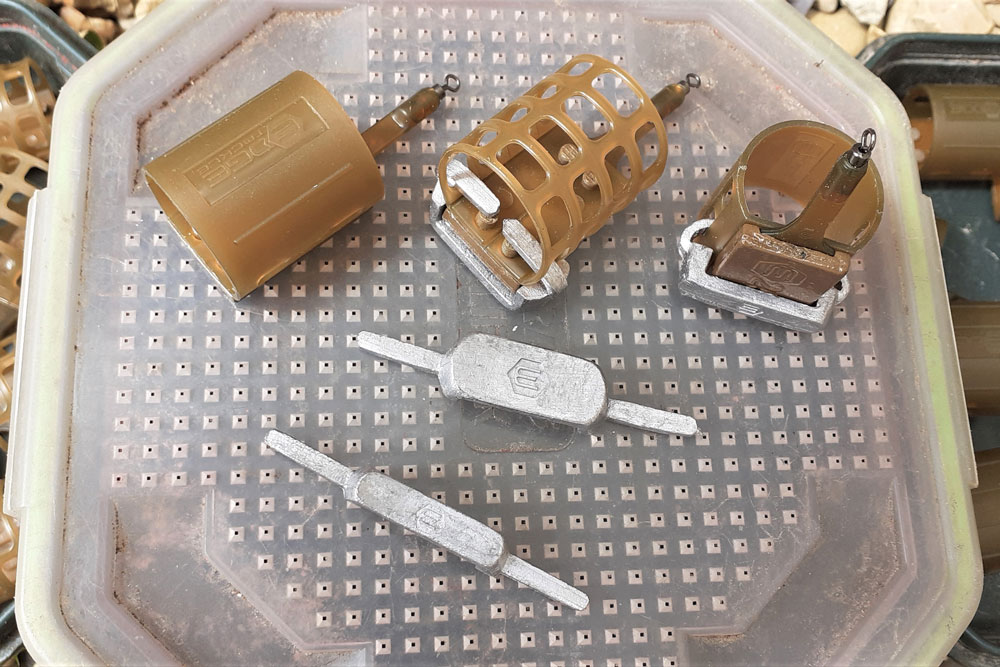
Related Products
-
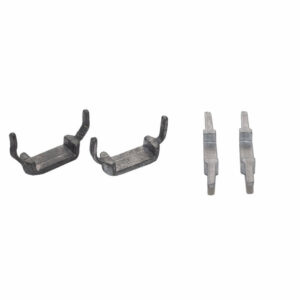 Balancing Weights£2.99
Balancing Weights£2.99 -
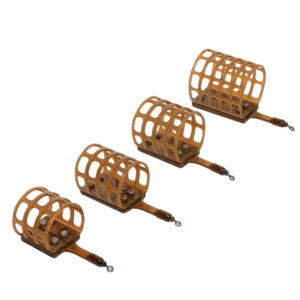 Plastic Cage Feeder£1.89
Plastic Cage Feeder£1.89 -
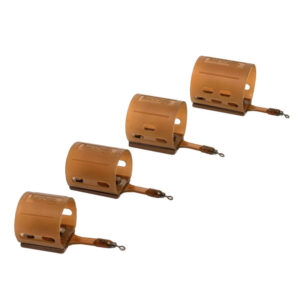 Groundbait Feeder£1.89
Groundbait Feeder£1.89
